Mariana Ferratto
16.11.2021 – 18.02.2022
Exhibition Views

Inciampi, installation view (ground floor), photo by Giorgio Benni 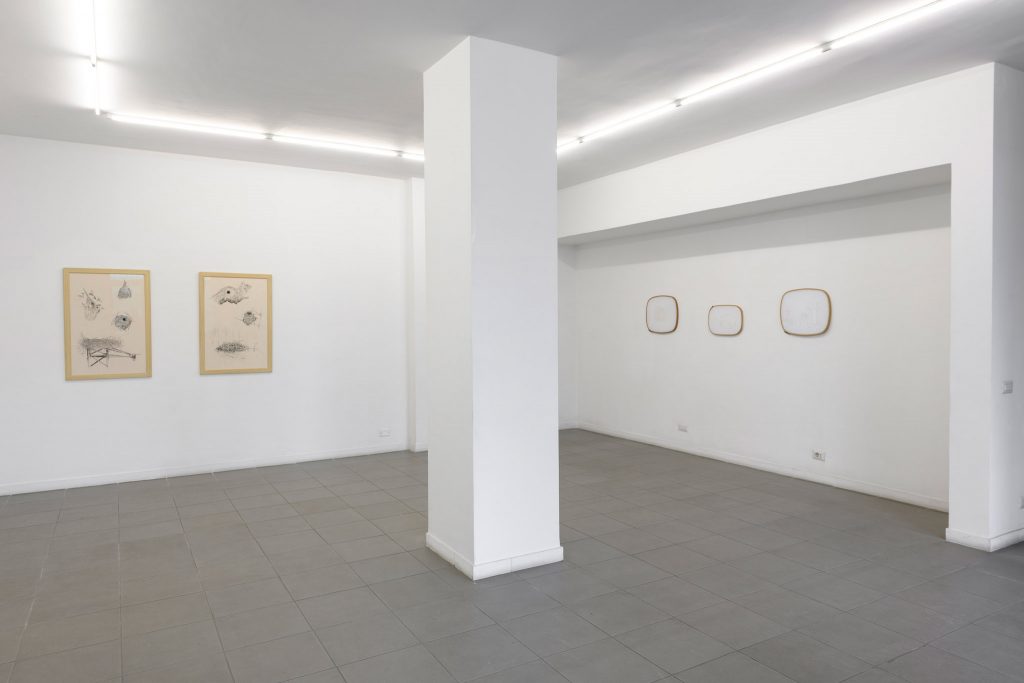
Inciampi, installation view (ground floor), photo by Giorgio Benni 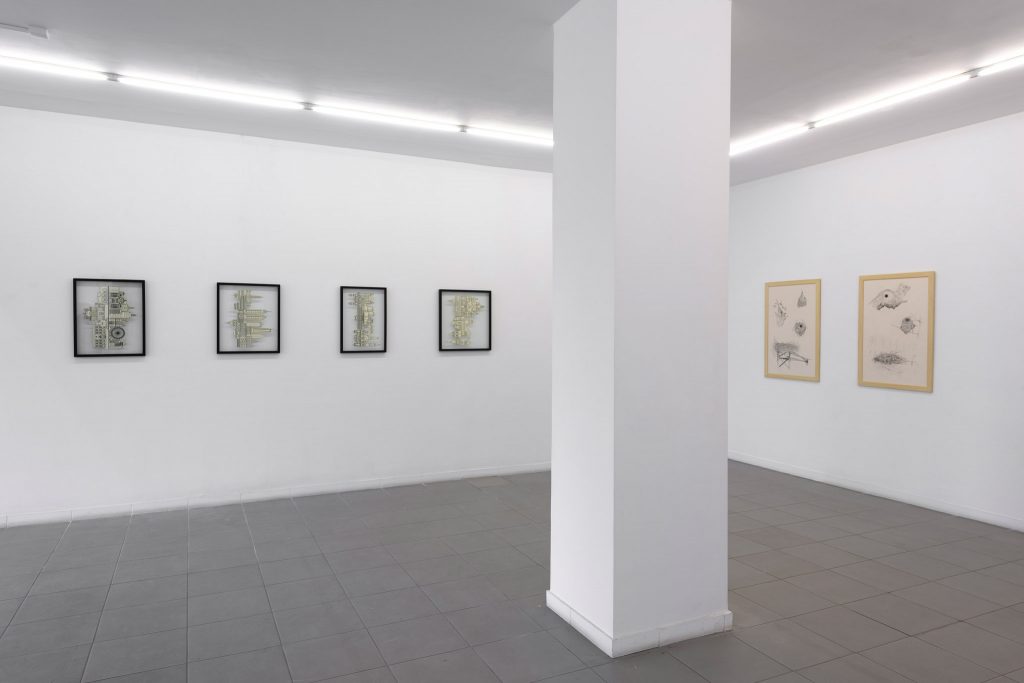
Inciampi, installation view (ground floor), photo by Giorgio Benni 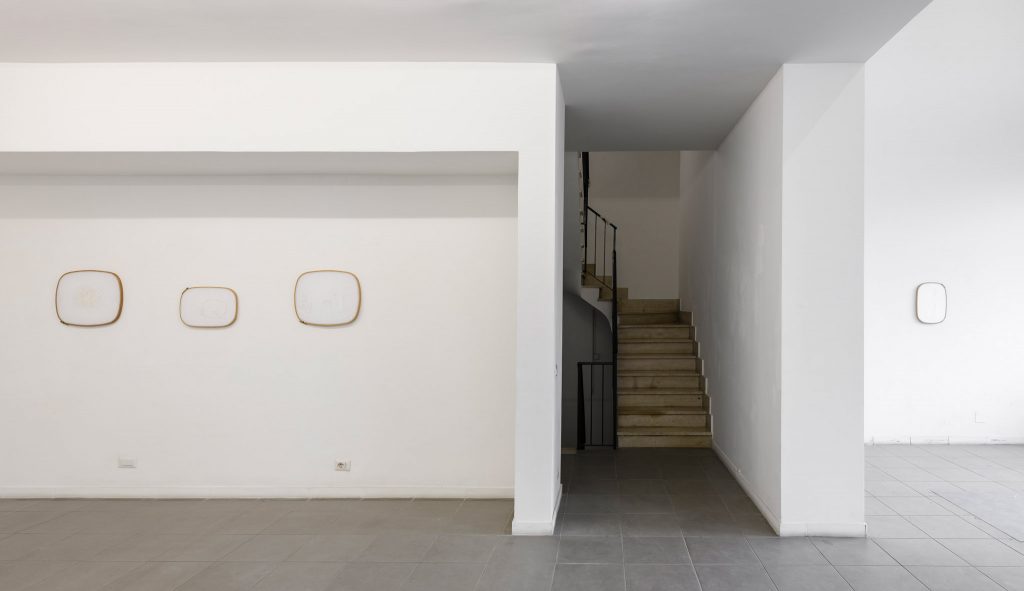
Inciampi, installation view (ground floor), photo by Giorgio Benni 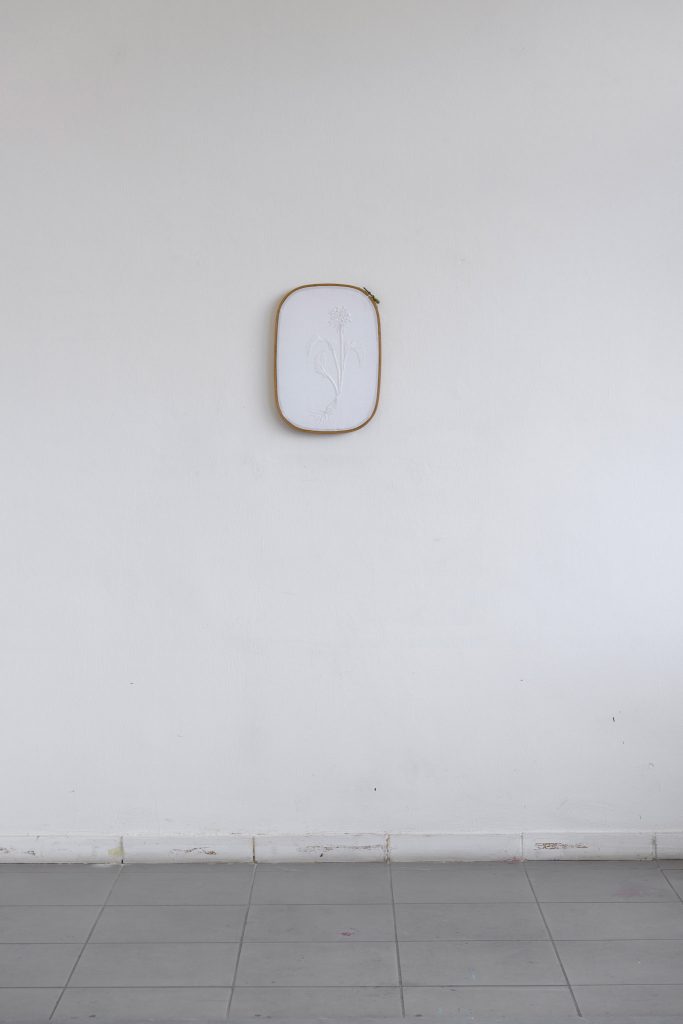
Inciampi, installation view (ground floor), photo by Giorgio Benni 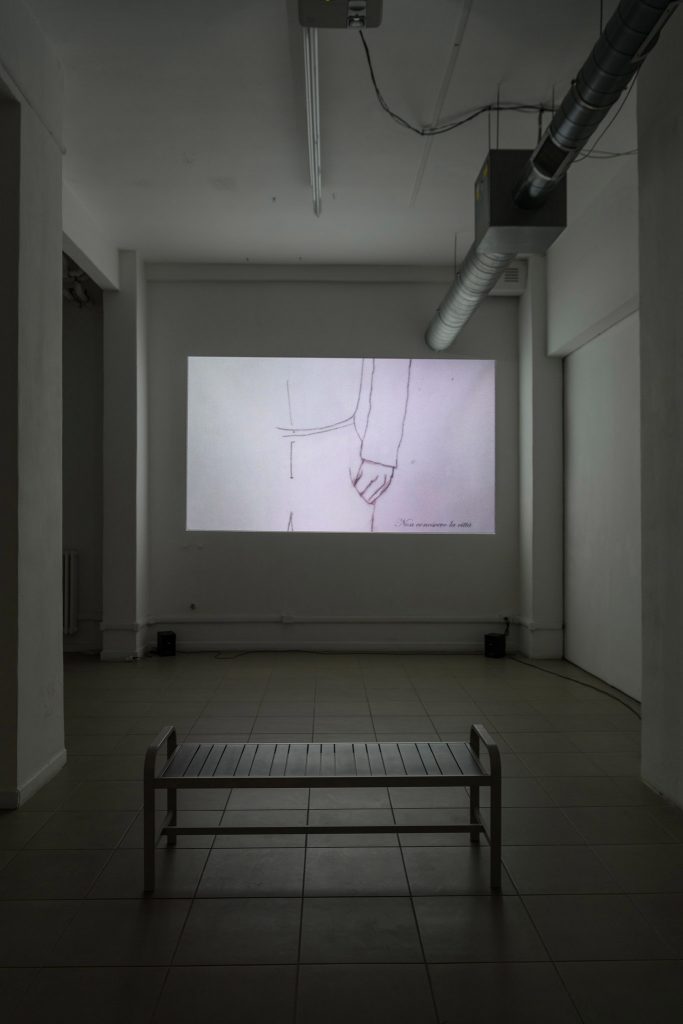
Inciampi, installation view (basement), photo by Giorgio Benni 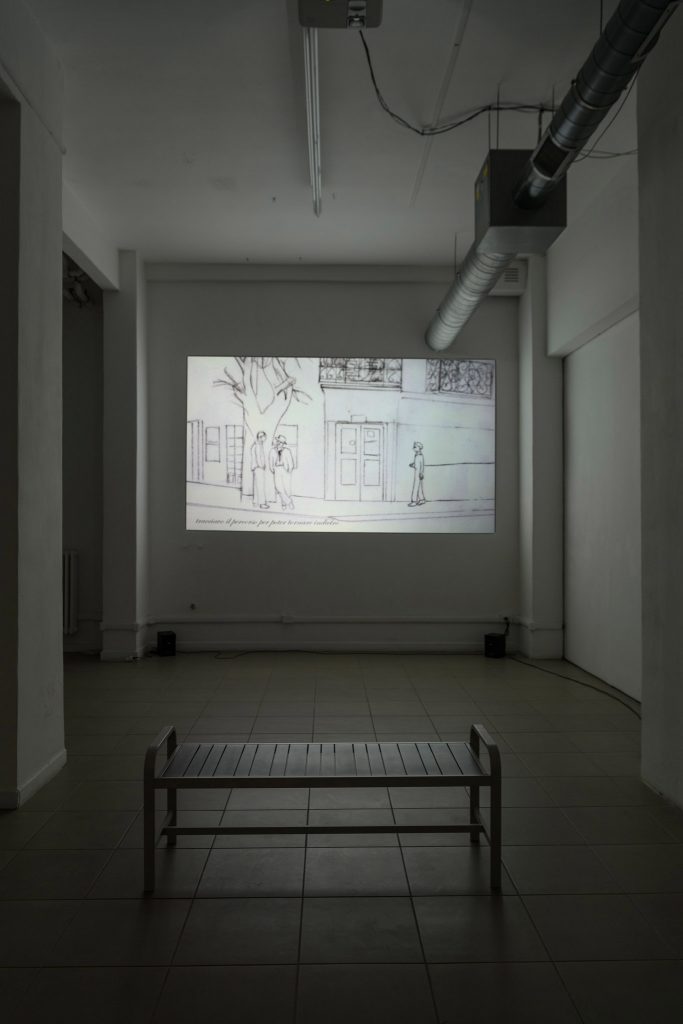
Inciampi, installation view (basement), photo by Giorgio Benni
Works
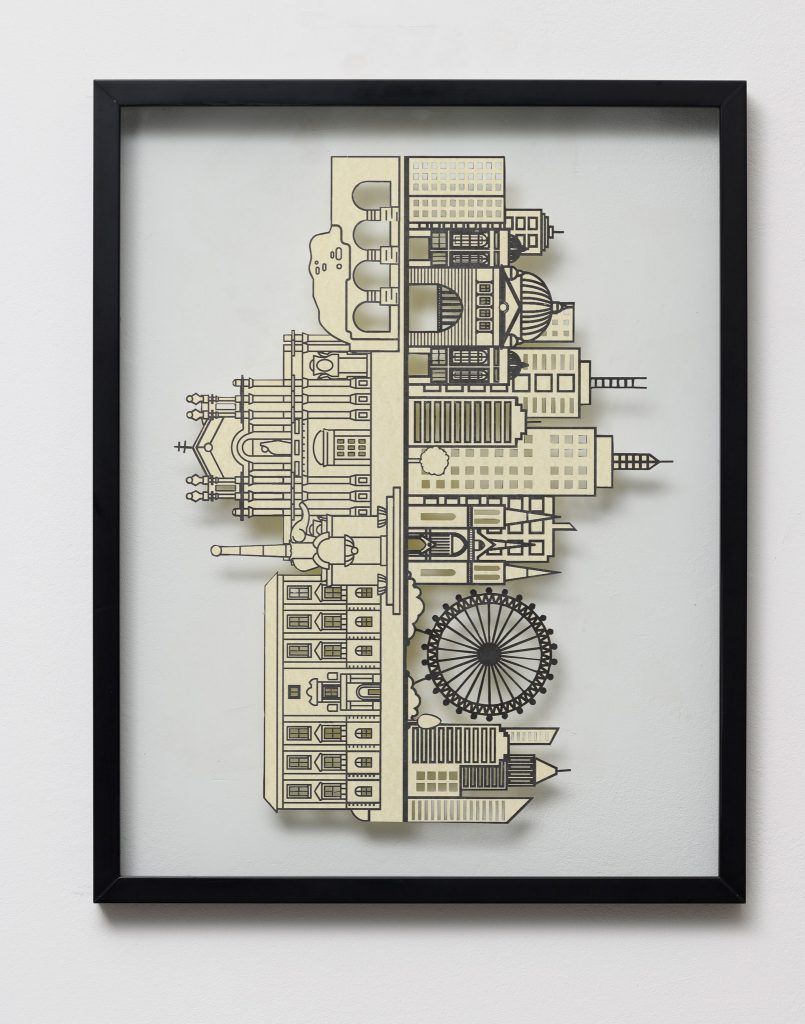
Due città, un’identità (Catania – Melbourne), 2021, digital print on paper cut, cm 60 x 48 (framed), photo by Giorgio Benni 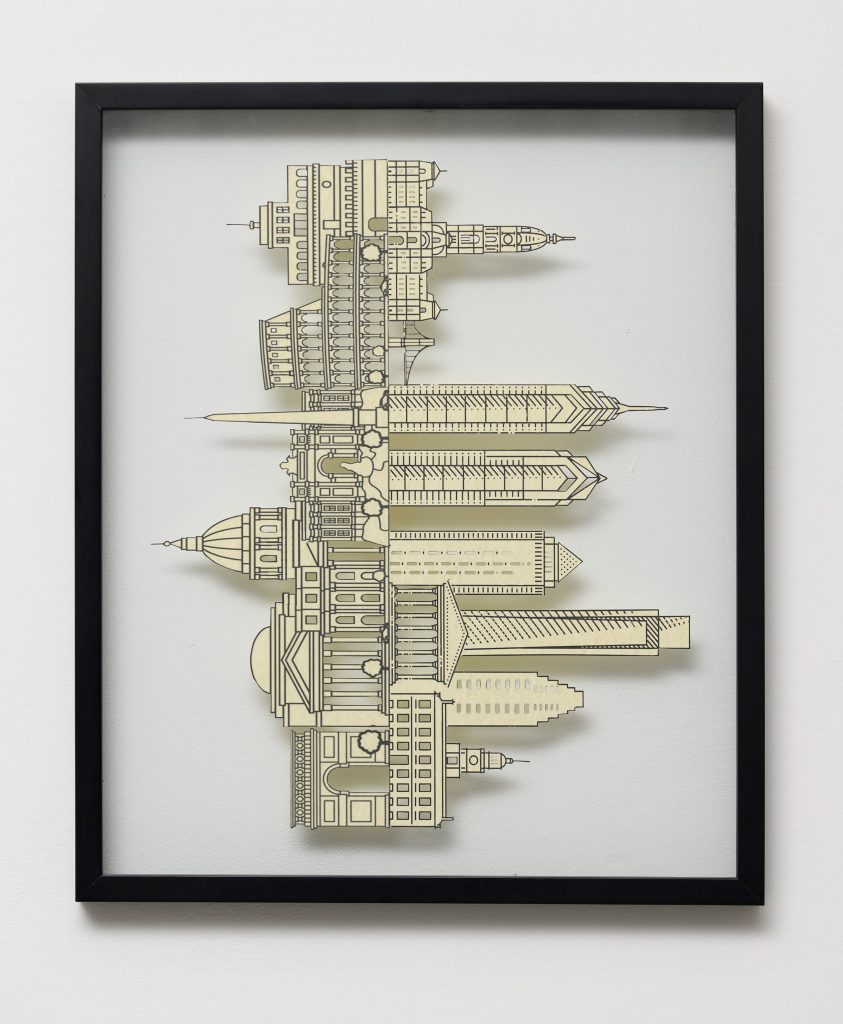
Due città, un’identità (Roma – Philadelphia), 2021, digital print on paper cut, cm 60 x 50 (framed), photo by Giorgio Benni 
Due città, un’identità (Montevideo – Genova), 2021, digital print on paper cut, cm 60 x 42 (framed), photo by Giorgio Benni 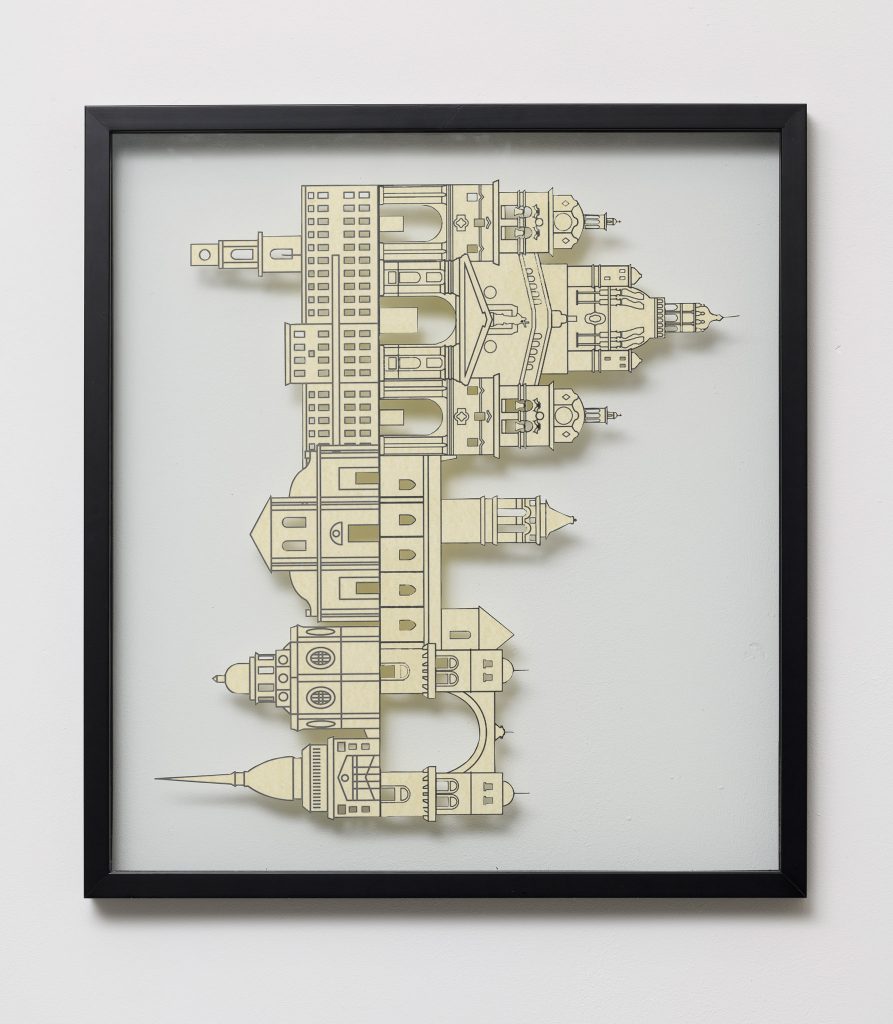
Due città, un’identità (Torino – Cordoba), 2021, digital print on paper cut, cm 60 x 55 (framed), photo by Giorgio Benni 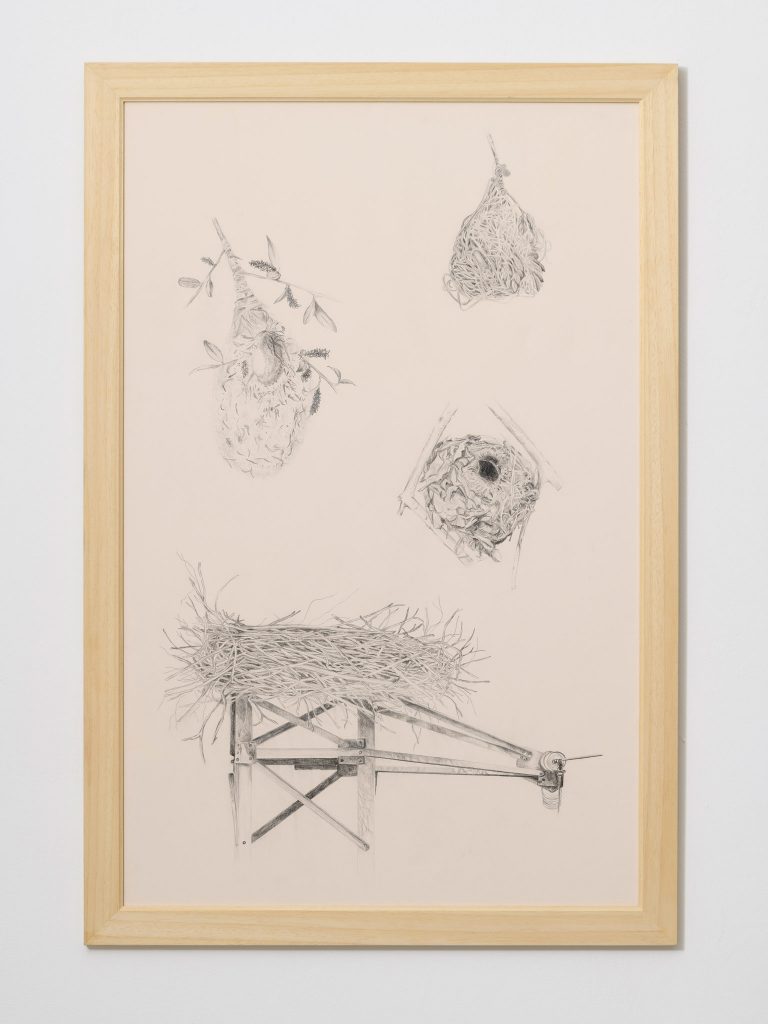
Archivio – tentativo di capire come si costruisce un nido #4, 2021, graphite on rosaspina paper, cm 102 x 69 (framed), graphite on rosaspina paper, photo by Giorgio Benni 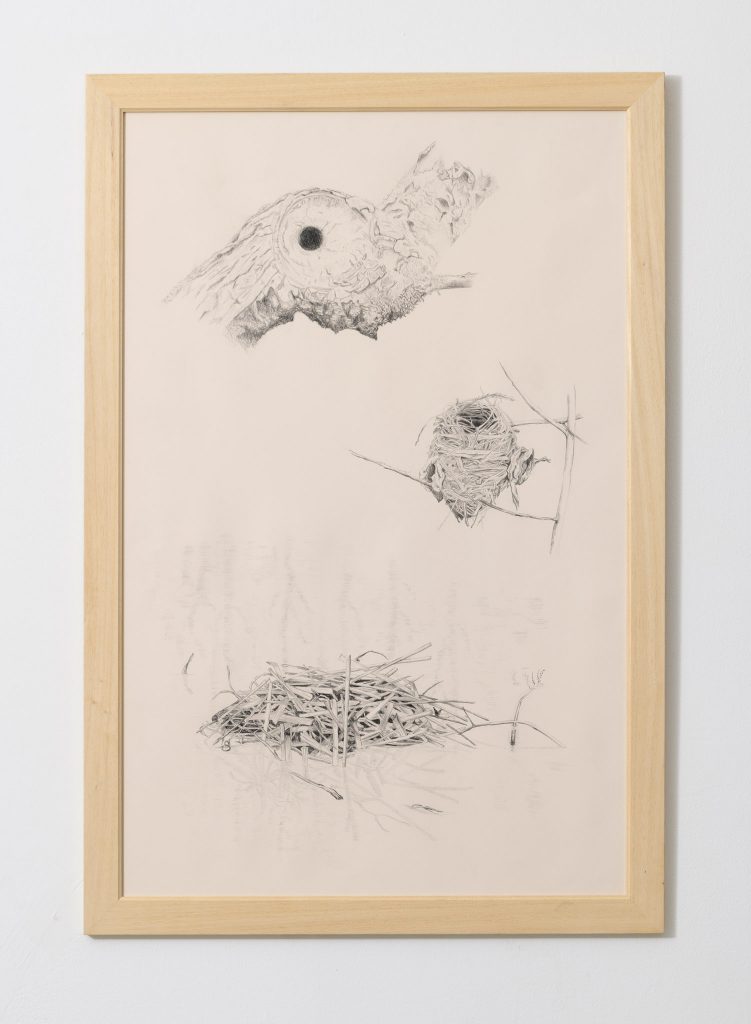
Archivio – tentativo di capire come si costruisce un nido #5, 2021, graphite on rosaspina paper, cm 102 x 69 (framed), graphite on rosaspina paper, photo by Giorgio Benni 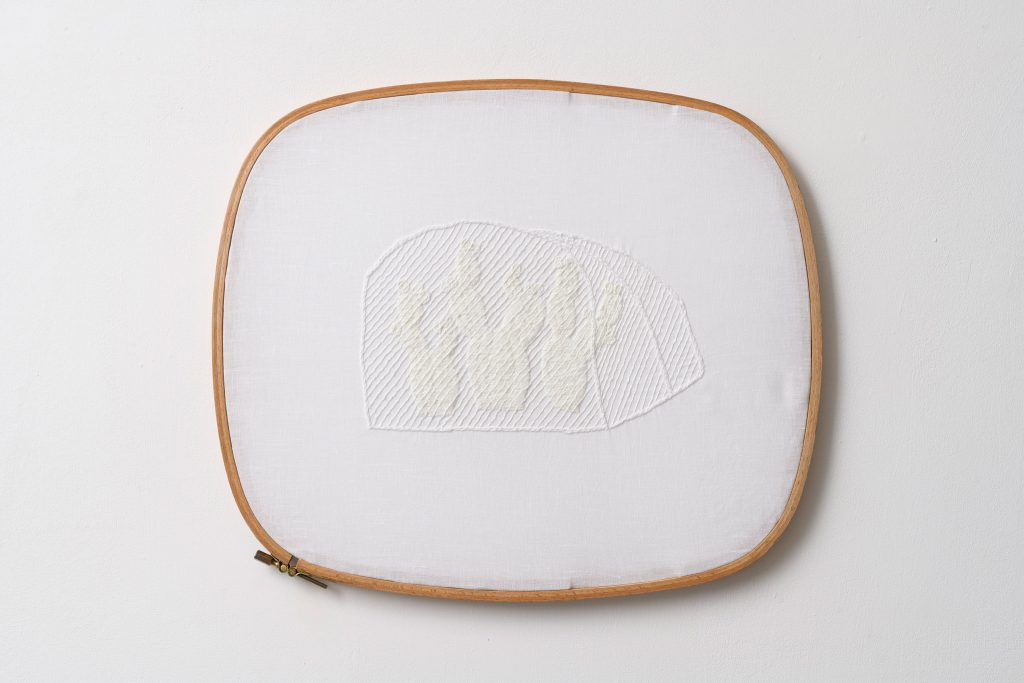
Inciampi – Fico d’India in serra, 2021, embroidery on linen, bobbin lace, audio track, speaker, cm 44 x 52, photo by Giorgio Benni 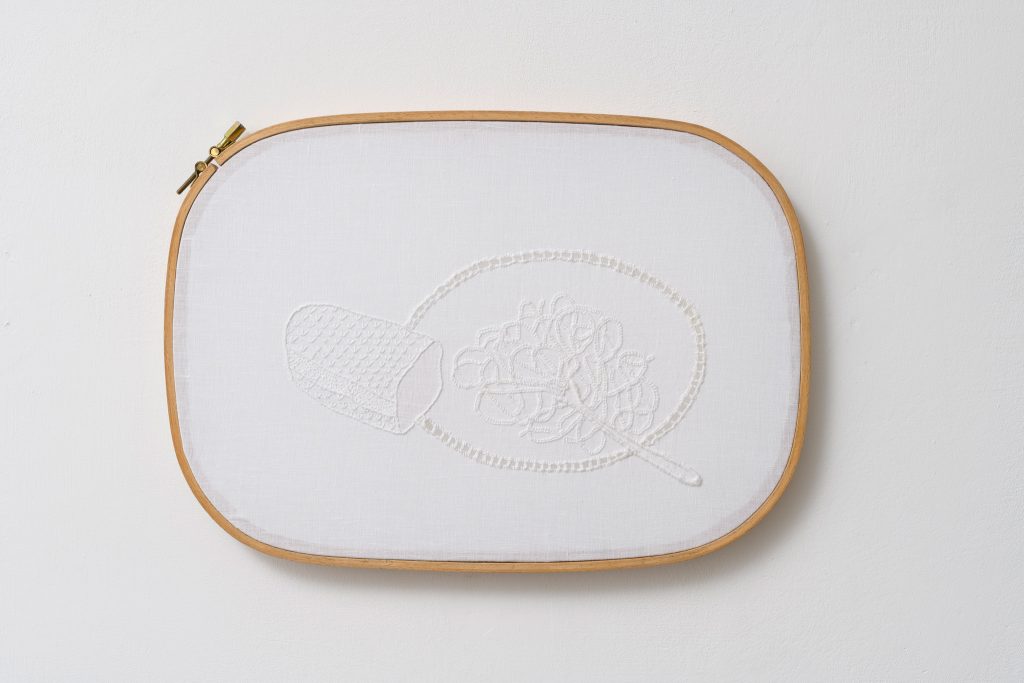
Inciampi – Pane e pasta, 2021, embroidery on linen, bobbin lace, audio track, speaker, cm 32 x 45, photo by Giorgio Benni 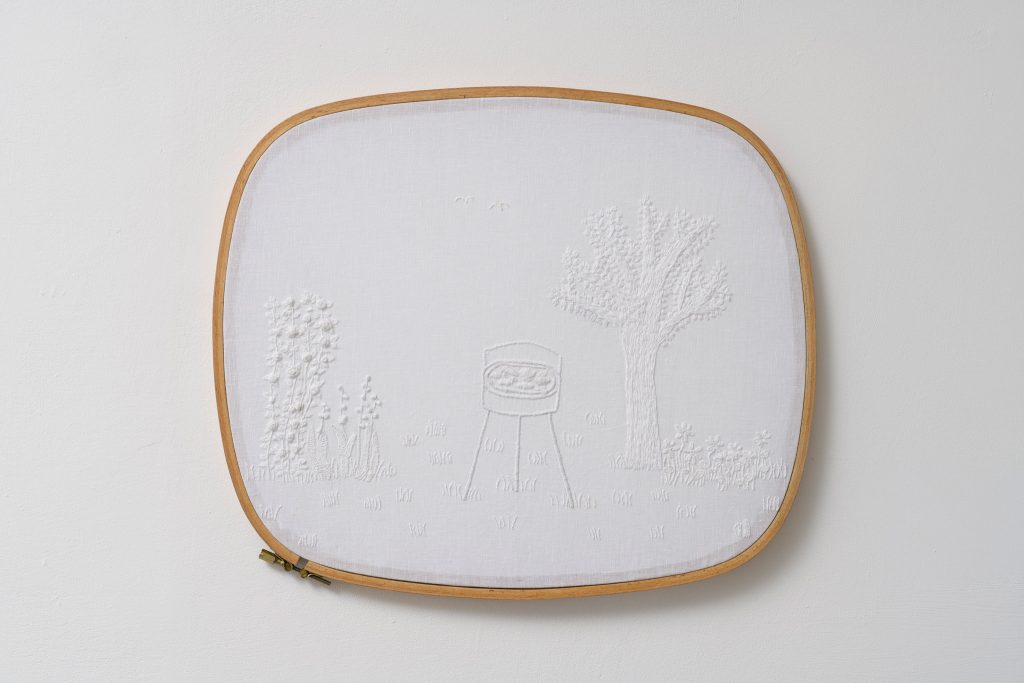
Inciampi – Pizza al barbecue, 2021, embroidery on linen, bobbin lace, audio track, speaker, cm 44 x 52, photo by Giorgio Benni 
Inciampi – Aglio selvatico, 2021, embroidery on linen, bobbin lace, audio track, speaker, cm 45 x 32, photo by Giorgio Benni 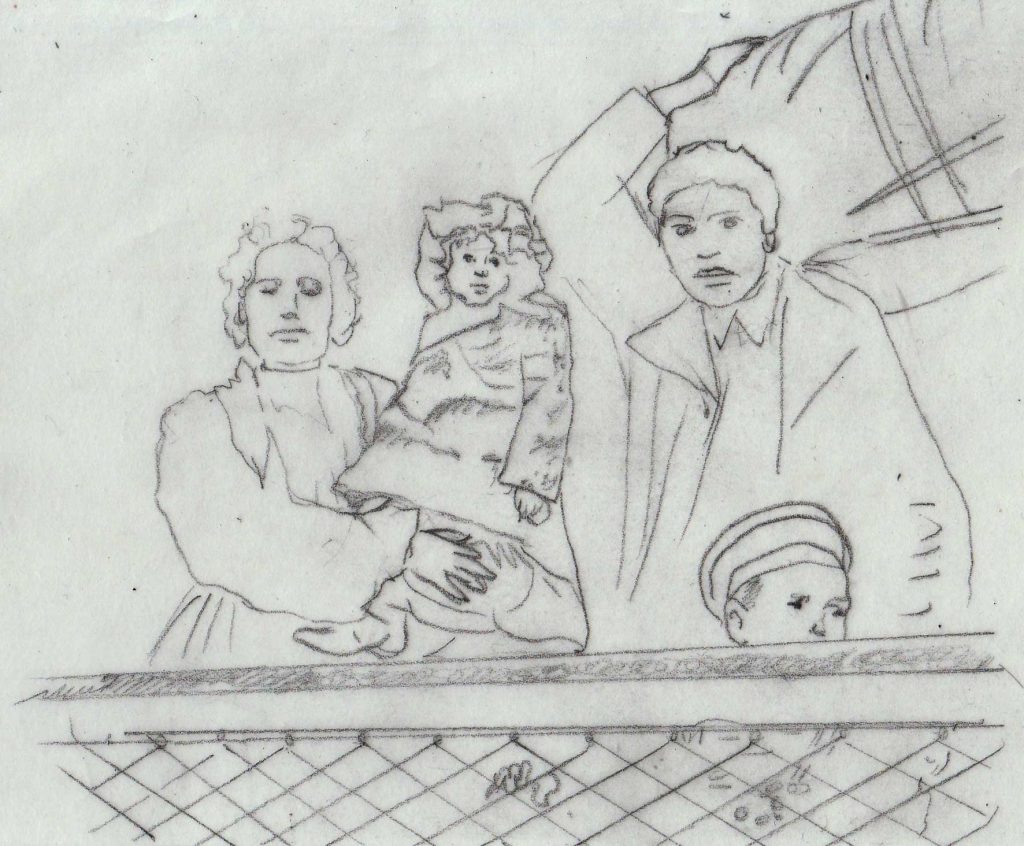
Emilio Blanquini, 2020 -2021, video still, HD colore, stereo sound, 3 min, video animation, Ed. 5 + 1 AP
The Gallery Apart is proud to announce the opening of the exhibition Inciampi (Stumbling) by Mariana Ferratto, a large project which also includes the video Madame Maison recently showed at The Gallery Apart in the collective exhibition Dimore.
The theme of “stumbling” and what can arise from a fortuitous event has been the subject of analysis in many branches of human creativity and intelligence, from psychoanalysis to literature and art. The “stumbling” is seen as a possibility to reflect, rethink, remember, stop time for a moment and choose new directions. It is no coincidence that it was an artist, Gunter Demnig, who laid the first stumbling block in 1992 to remember the victims of the Nazi genocide. Thousands of them were then placed throughout Europe as evidence of the generating power of a casual encounter.
Mariana Ferratto gives a different and personal interpretation to the “stumbling”, not as a consequence of a distracted or flaneuristic attitude that could provoke unexpected encounters, but rather as the identification and research of events and behaviors in the life and stories of others, capable of changing the meaning and practice of traditions. The others, for the artist, are the people who have brought these traditions and habits with them away from their places of origin: emigrants who pass on stories, recipes, production techniques, and much more, to keep their memory and continue to feel at home. But inevitably they end up modifying and sometimes altering what preciously reminds them of the motherland.
For Ferratto these “stumbling” of memory, capable of making old traditions evolve over time in new life contexts, are worthy of being collected and preserved as evidence of the passage of time that shapes the original culture that entrenched or disappeared elsewhere. It is a temporal dimension that the artist considers inextricably linked to places, those abandoned and those inhabited. For Ferratto there is a condition of domestic intimacy which makes the home a place for gathering real people but also their stories, cultures and traditions. Everything finds its composition in the living dimension.
The artworks are accompanied by a diffused audio with the testimonies of emigrants of Italian origin who tell the traditions they wanted to keep alive even abroad. These traditions are modified by the host context, and this shows how the concept of tradition is constantly changing, even in the case of symbols of national identity. This testifies how even identity is inevitably on the move and evolving. The issue of immigration is analyzed by reversing the perspective that prevails today. The interviewees are Italian emigrants of first, second, and third-generation, and the stories alternate in Spanish, English, and Italian, depending on the language that they feel closest to.
The collection and selection of the stories allowed Ferratto to identify the “stumbling”: those details that influenced the modification and departure from the original tradition. The artist visualizes some of these “stumbling” with the embroidery technique, inserting them in antique lacemaking of different shapes, often irregular, found in an ancient factory in Cosenza. A work that recalls popular traditions and that the artist intends to continue as other possible embroideries emerge from the archived stories. A “stumbling”, in particular, is treated by Ferratto with the video animation technique, projected in the basement, to tell the story and the strange adventures of a man who, wanting to escape the war in the early 1900s, crosses the Atlantic dreaming of New York and the Statue of Liberty, but misses the ship and arrives in an unknown Buenos Aires where he marks on the walls the path he took, to be able to go back.
The element that merges attachment to traditions and their evolution is represented by the house evoked in the stories and memories. The artist offers this representation in two ways: in the form of skyline prints of the origin and arrival cities of the emigrants interviewed, meticulously cut out and specularly overlapped to form, at the same time, places of affection and fantasy; through a series of nests drawings that Ferratto takes from nature by cataloging and reproducing them in a precious graphite version.
The Gallery Apart è orgogliosa di annunciare la mostra Inciampi di Mariana Ferratto, un ampio progetto che l’artista ha concepito e di cui fa parte anche il video Madame Maison recentemente in mostra in galleria nella collettiva Dimore.
Il tema dell’inciampo e di cosa può derivare da un evento fortuito ha costituito oggetto di analisi in molte branche della creatività e dell’ingegno umani, dalla psicoanalisi alla letteratura, all’arte. L’inciampo come possibilità offerta per riflettere, ripensare, ricordare, fermare per un attimo il tempo e scegliere nuove direzioni. Non a caso proprio un artista, Gunter Demnig, ha posato nel 1992 la prima pietra di inciampo per ricordare le vittime del genocidio nazista, a cui ne sono seguite migliaia in tutta Europa a testimonianza della potenza generatrice di un incontro casuale.
Mariana Ferratto dà però al tema dell’inciampo una interpretazione diversa e personale, non come conseguenza di un atteggiamento distratto o flaneuristico in grado di provocare incontri inattesi, bensì come individuazione e ricerca di eventi e comportamenti nella vita e nelle storie degli altri capaci di modificare il senso e la pratica di tradizioni e prassi. E gli altri per l’artista sono soprattutto le persone che tali tradizioni e abitudini le hanno portate con sé lontano dai loro luoghi d’origine, gli emigrati che tramandano racconti, ricette, tecniche di produzione e tanto altro per serbarne il ricordo e continuare a sentirsi a casa, ma che inevitabilmente finiscono per modificare e a volte stravolgere ciò che a loro preziosamente ricorda la madrepatria.
Per Ferratto questi inciampi della memoria, capaci di far evolvere nel tempo le vecchie tradizioni nei nuovi contesti di vita, sono meritevoli di essere raccolti e preservati come testimonianze dello scorrere del tempo che plasma la cultura originaria andata ad affermarsi o a morire altrove. È una dimensione temporale che l’artista considera inestricabilmente legata ai luoghi, sia quelli che si abbandonano sia quelli che si vanno ad abitare. Esiste una condizione di intimità domestica che per Ferratto rende la casa il luogo di raccolta di persone in carne ed ossa ma anche delle loro storie, culture e tradizioni. Tutto trova la sua composizione nella dimensione dell’abitare.
Le opere in mostra sono accompagnate da un audio diffuso che riporta testimonianze di emigrati di origine italiana che raccontano le tradizioni che hanno voluto mantenere vive anche all’estero, con le modifiche legate al contesto ospitante che indicano come il concetto di tradizione sia in continua trasformazione, anche laddove si tratti di simboli di identità nazionale, a testimonianza di quanto persino l’identità sia inevitabilmente in movimento e in evoluzione. Il tema dell’immigrazione viene dunque trattato ribaltando la prospettiva oggi imperante. Gli intervistati sono emigrati italiani di prima, seconda e terza generazione e i racconti si alternano in spagnolo, inglese e italiano, a seconda della lingua che l’intervistato sente più vicina.
La raccolta e la selezione dei racconti hanno consentito a Ferratto di individuare gli “inciampi”, ossia quei dettagli che hanno inciso nella modifica e nell’allontanamento dalla tradizione originaria. L’artista visualizza alcuni di questi inciampi con la tecnica del ricamo, inserendoli in tomboli d’epoca di forme diverse, spesso irregolari, trovati in una antica fabbrica di Cosenza, un lavoro che richiama le tradizioni popolari e che l’artista intende proseguire man mano che altri possibili ricami emergeranno dai racconti archiviati. Un inciampo in particolare viene trattato da Ferratto con la tecnica dell’animazione video, proiettata nel basement, per raccontare la storia e le strane peripezie di un uomo che, volendo sfuggire alla guerra agli inizi del 900, attraversa l’Atlantico sognando New York e la Statua della Libertà, ma sbaglia nave e arriva in una Buenos Aires a lui del tutto estranea in cui si muove segnando la strada compiuta sui muri per poter tornare indietro.
Il collante che unisce l’attaccamento alle tradizioni e la loro evoluzione nel contesto dato per Ferratto è rappresentato dalla casa evocata nei racconti e nei ricordi. Di ciò l’artista offre la sua rappresentazione sotto forma da un lato di stampe di skyline delle città d’origine e di arrivo degli emigrati intervistati, minuziosamente ritagliate e specularmente sovrapposte a formare luoghi contemporaneamente d’affezione e di fantasia, dall’altro di disegni della serie dei nidi che Ferratto trae dalla natura catalogandoli e fornendone una preziosa versione a grafite.
share on